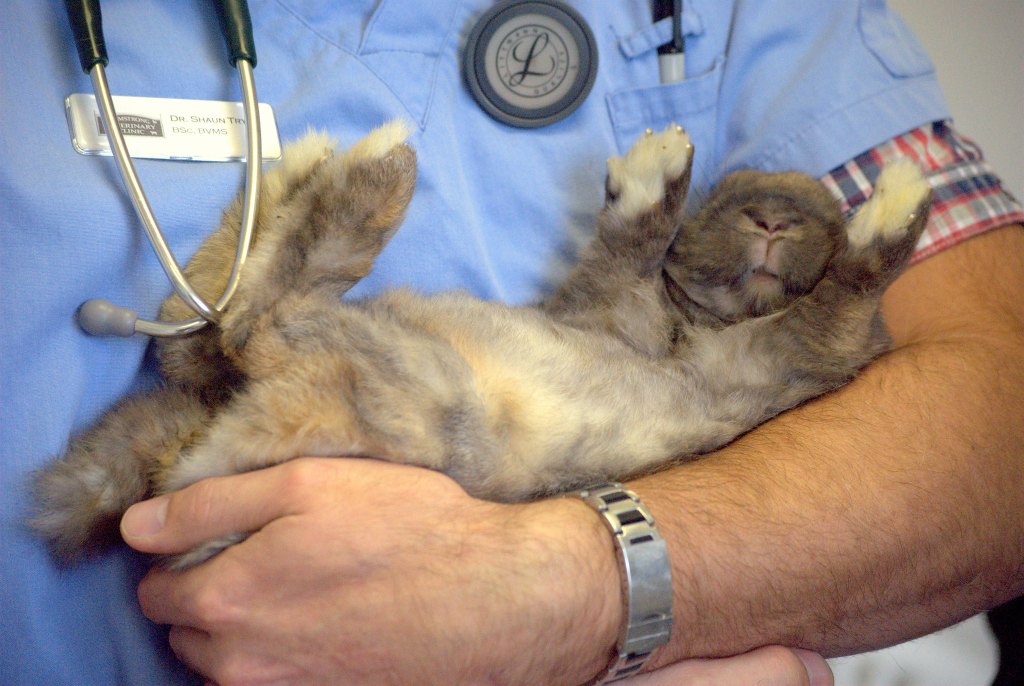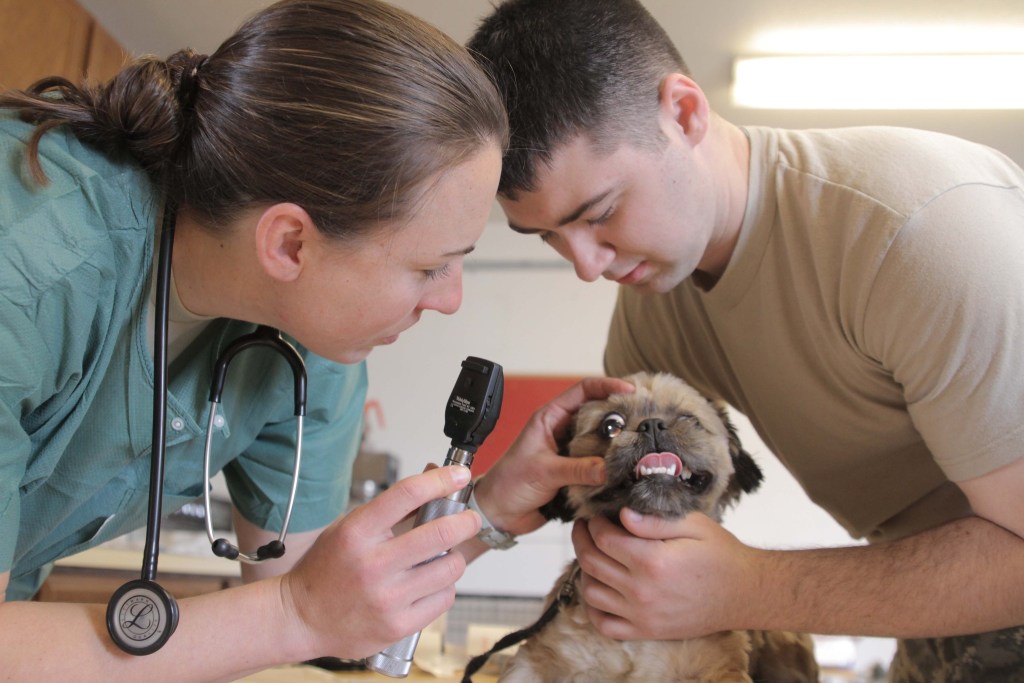If you have a pet, pet insurance may have crossed your mind once or twice. Some say it is a waste of money and others say it was the best decision they made for their furry friend. It is important to consider all of the factors like copays, monthly premiums, and more to decide if pet insurance is the best option for you and your pet. Learn all the facts regarding pet insurance deductibles. You should know how much pet insurance really costs so you can make educated decisions based on your budget and financial needs.

Varying costs based on varying factors
Pet insurance is a very broad term and is nonspecific to the type of pet. This is why it is important to assemble all the key information that will help determine the total cost of your pet’s insurance.
Here is what you need to know for your pet:
- Age
- Species
- Breed
- Home address
- Living conditions
Once you compile this information, the cost of pet insurance can be determined or estimated. Older pets will likely cost more. Species and breed are taken into consideration since some animals have more aggressive tendencies, breed-related health issues, and other factors. Dogs are usually 60% more expensive to cover with insurance than cats. The pet insurance will also depend on your home address and living conditions.

Annual deductible for pet insurance
Deductibles can be difficult to understand, even with your own health insurance. When you begin your search on pet insurance deductibles, it is important to keep your budget and financial needs in mind. A deductible is an amount you are obligated to pay on a yearly basis before the insurance will begin paying for your pet’s medical bills. So, if your deductible is $500 and your cat needs a $650 surgery, you will be responsible for the first $500 and your insurance will begin covering costs after that, meaning they will pay the $150 and any other expenses that happen that year.
The lower the deductible, the higher the premium will be. Alternatively, the higher deductible you choose to pay, the lower the premium will be. The premium is the amount of money you pay to maintain your insurance, but we will get to that later.
Typically, annual deductibles for pet insurance range from $100 to $500 for one pet. This means that whenever a medical issue arises, you will have to cover the first $100 to $500 (depending on your specific deductible amount). Choosing the right deductible depends on your budget and your pet’s condition.
Monthly premiums
As noted in the previous section, a monthly premium is what you pay to have pet insurance in the first place. You can think of a monthly premium as a subscription to insurance. The monthly premium for pet insurance can range from as low as $10 to more than $100. Most pet owners with a decent plan, however, can expect to pay between $30 and $50 per month.
The lower you pay for monthly premiums means you will have to have a higher deductible. There is no “better” option when it comes to high versus low premiums because it is typically offset by the deductible.
For example, if your pet is prone to many expensive medical issues, a lower deductible may be more beneficial because you only have to pay a low deductible once a year versus an expensive one like $500 or more. If your pet stays indoors the majority of the time, then a high deductible will likely be the better option. The high deductible does not mean that you need to pay the $500 every year. The deductible is only paid when your pet needs medication, surgery, etc. So, if your pet doesn’t get sick at all one year, you pay no deductible and only the low, monthly premiums.
Total average costs for cats and dogs

Pet insurance can be a huge benefit when it comes to unexpected, large medical issues for your beloved cat or dog. You don’t need to make those extremely difficult calls when you may not have the money to cover big surgeries. Luckily, there are many great options for affordable and effective pet insurance. Here are some monthly costs for cats and dogs:
- The average accident and illness coverage monthly cost for cats is $29.54 and for dogs is $47.20.
- The average accident-only coverage monthly cost for cats is $11.74 and for dogs is $15.84.
As you can see, pet insurance may be more affordable than you might think. It is important to research several pet insurance companies to find the best one for your needs.
Pet insurance, like any insurance, can seem intimidating. There are many factors to consider that will impact the total cost of your pet’s insurance. Remember to do your research and take your time. Create spreadsheets or note pages that will help you keep track of the best options. Pet insurance is more affordable than you may have originally believed. It will help you save money in the long run and ensure your pet is always taken care of when those unexpected emergencies arise.
Editors' Recommendations
- Are ‘dog years’ really 7 human years? How to calculate your dog’s age
- How much should newborn puppies eat? Follow this newborn puppy feeding chart
- Does your pet need to visit the dentist? Here’s how a dog teeth cleaning works
- Does your cat say ‘meow,’ ‘miau,’ or ‘mjau?’ Here’s how we translate cat and dog language into human around the world
- Can pet owners keep up with rising costs? Recent survey reveals the facts


